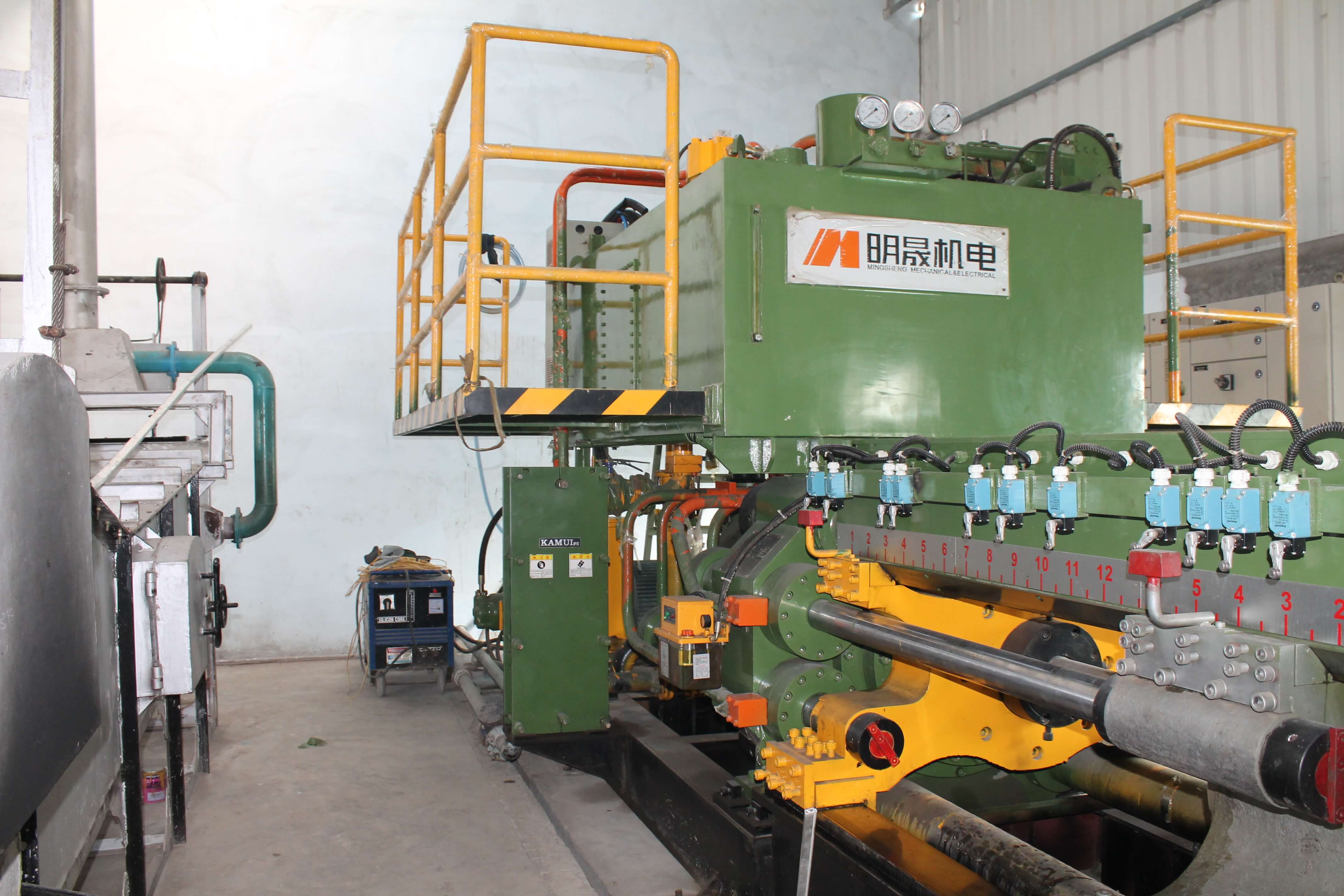An amazing metal, aluminum is one-third the weight of steel, resistant to corrosion, non-combustible, and non-toxic also, a superb conductor and 100% recyclable. Aluminum is the most abundant metal in the Earth’s crust. It ranks second, next only to steel, in terms of volume and is widely used in the food and packaging industries. Of the common metals, on a weight basis, aluminum is the most efficient thermal conductor. High purity aluminum is soft and ductile. This metal is malleable and easily worked by the common manufacturing and shaping processes of Aluminum sections. Its strength and hardness are acquired by the addition of alloying elements like silicon, magnesium, manganese and copper. The product of future increasing demand for its great futures for light weight and strong and fully recyclable
Metallic aluminium has many properties that make it useful in a wide range of applications. It is lightweight, strong, nonmagnetic, and nontoxic.


